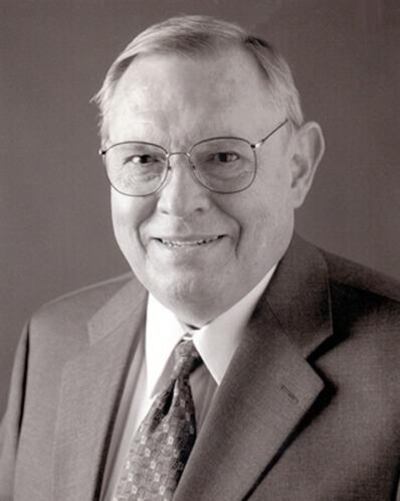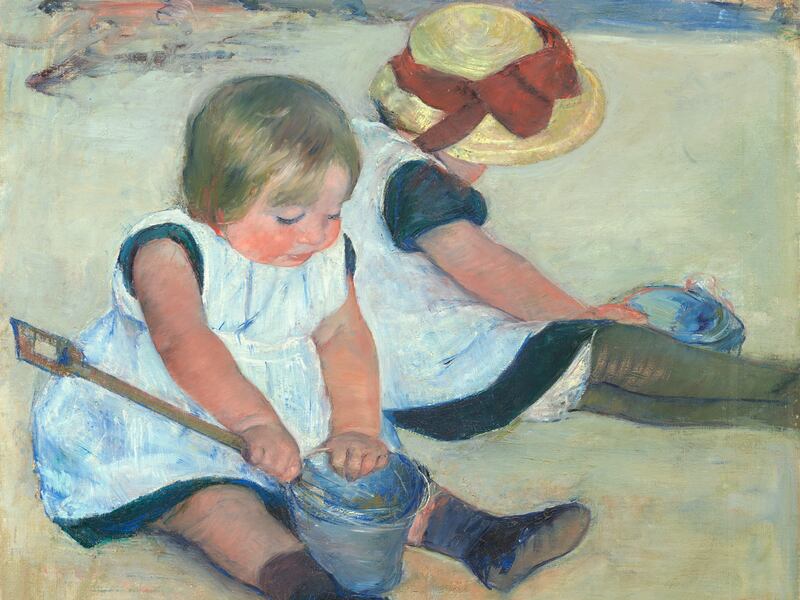This week in Vienna, Austria, I received news from America that my beloved teacher, Todd Britsch, had passed away. Professor Britsch, a legend in Brigham Young University’s humanities department, had an immense impact on my life, far beyond what I could have foreseen when I signed up as a senior for his class in 1976.
I was graduating in a few months with a degree in botany. During a self-inventory made as I walked up Rock Canyon, I realized that I had a gaping hole in my education: I knew next to nothing about art history, the development of European architecture and the arc of music from the Renaissance forward. The cure for this self-diagnosed academic deficiency was obvious — I required emergency intellectual intervention which could be delivered through the humanities course Britsch taught.
I realized how unusual a teacher he was when I delivered a term paper to his home just before the deadline. With some trepidation, I knocked on his door, hearing Gregorian chants filtering through the window. As the door opened, I saw that he had lit candles throughout his living room. Seeing my surprise at the scene, as the medieval music played from his stereo, professor Britsch mumbled something about “adding to authenticity” before taking my paper and closing the door.

During that magical semester, my spirit soared as I listened to him discuss Johann Sebastian Bach, the world’s great art and the soaring architecture of European cathedrals. Somehow, despite my utter lack of previous experience in the fine arts, I passed the class. The door professor Britsch opened continues to bless my life and that of my children, whom I encouraged to sign up for his class.
This single course later played a key role for me. I had been appointed as director of the congressionally chartered National Tropical Botanical Garden, a network of five gardens in Florida and Hawaii.
My duties involved raising needed support from wealthy individuals. When I first met the late philanthropist Cordelia May in Pittsburgh, she asked me a pointed question: “What is your favorite painting?” I realized from her tone of voice that this was not a topic of polite conversation, but instead constituted a test.
“‘Children Playing on the Beach,’ by Mary Cassatt,” I responded without hesitation. “It hangs in the National Gallery of Art. She was the only American member of the French Impressionist movement.”
“My cousin donated that,” May said.
“Your cousin donated an original Mary Cassatt painting to the National Gallery?” I asked in astonishment.
“No, he donated the National Gallery,” she said. “My cousin is Paul Mellon.”
Thus professor Todd Britsch — and his extraordinary patience with an art history impaired botanist years earlier — led directly to May’s generous gift to the National Garden.
I’m not the only one who was able to rise to a moment because of professor Britsch’s influence. In a 2018 speech, Elder Gerrit W. Gong, a member of the Quorum of the Twelve Apostles of The Church of Jesus Christ of Latter-day Saints, shared a story about a meaningful conversation on an airplane in which his seatmate asked him a question about the Renaissance painter Michelangelo.
“I remembered a BYU humanities class with professor Todd A. Britsch. I was able to say that in Michelangelo’s statue Pietà, the same piece of Carrara marble feels alive and lifeless at the same time,” Elder Gong said in the speech.
It makes me wonder how many other BYU alumni have had moments like this — when they wouldn’t have known how to answer a question but for having taken a class under Britsch.
I will miss you, Todd Britsch. You will always be my professor and my teacher. I hope that you will meet Bach — and hopefully Mary Cassatt —in the next life.
Dr. Paul Alan Cox considers Cassatt’s “Children Playing on the Beach” to be a powerful metaphor for scientific research. He is currently director of the nonprofit Brain Chemistry Labs in Jackson Hole, Wyoming.
‘
‘

